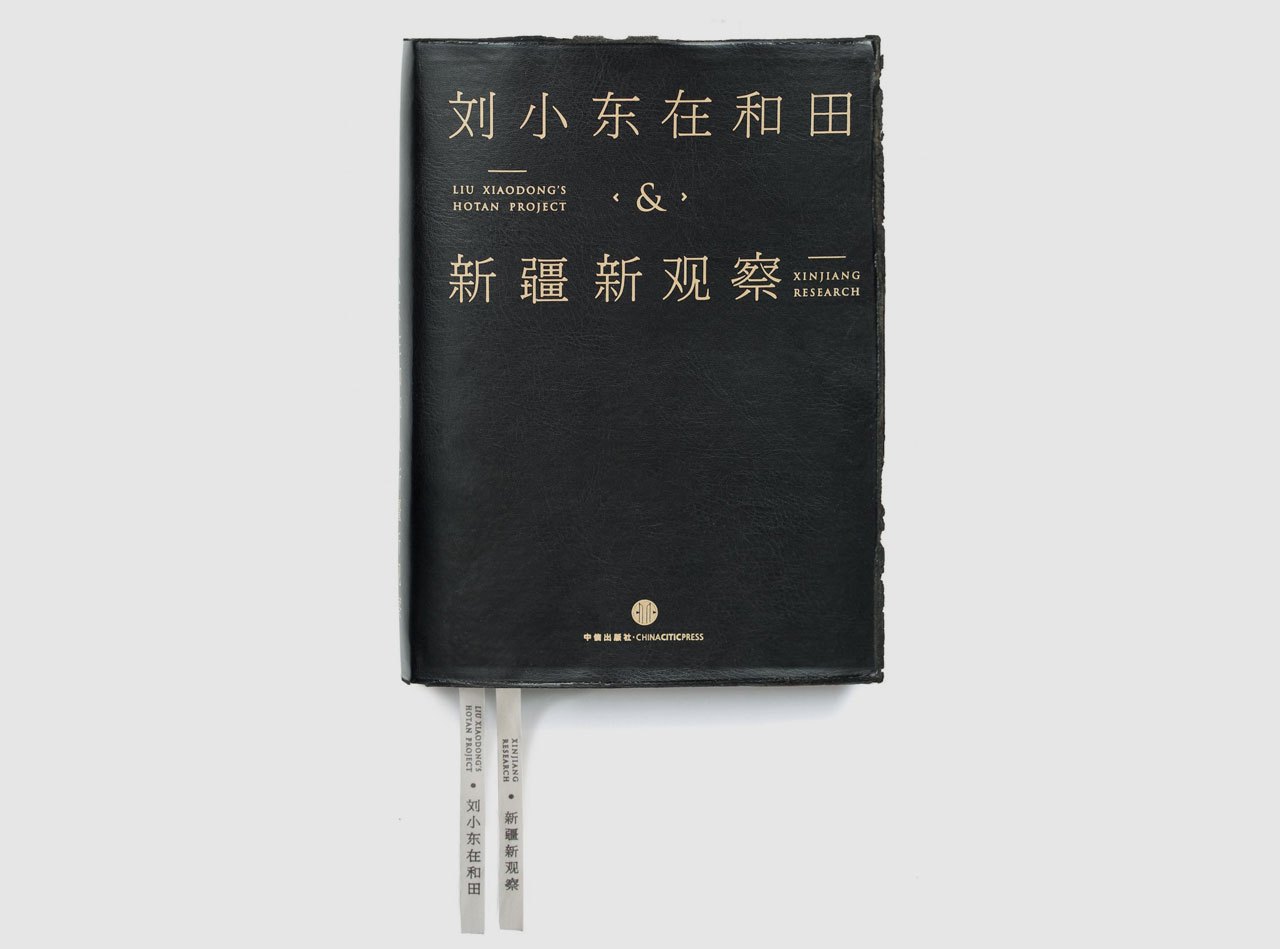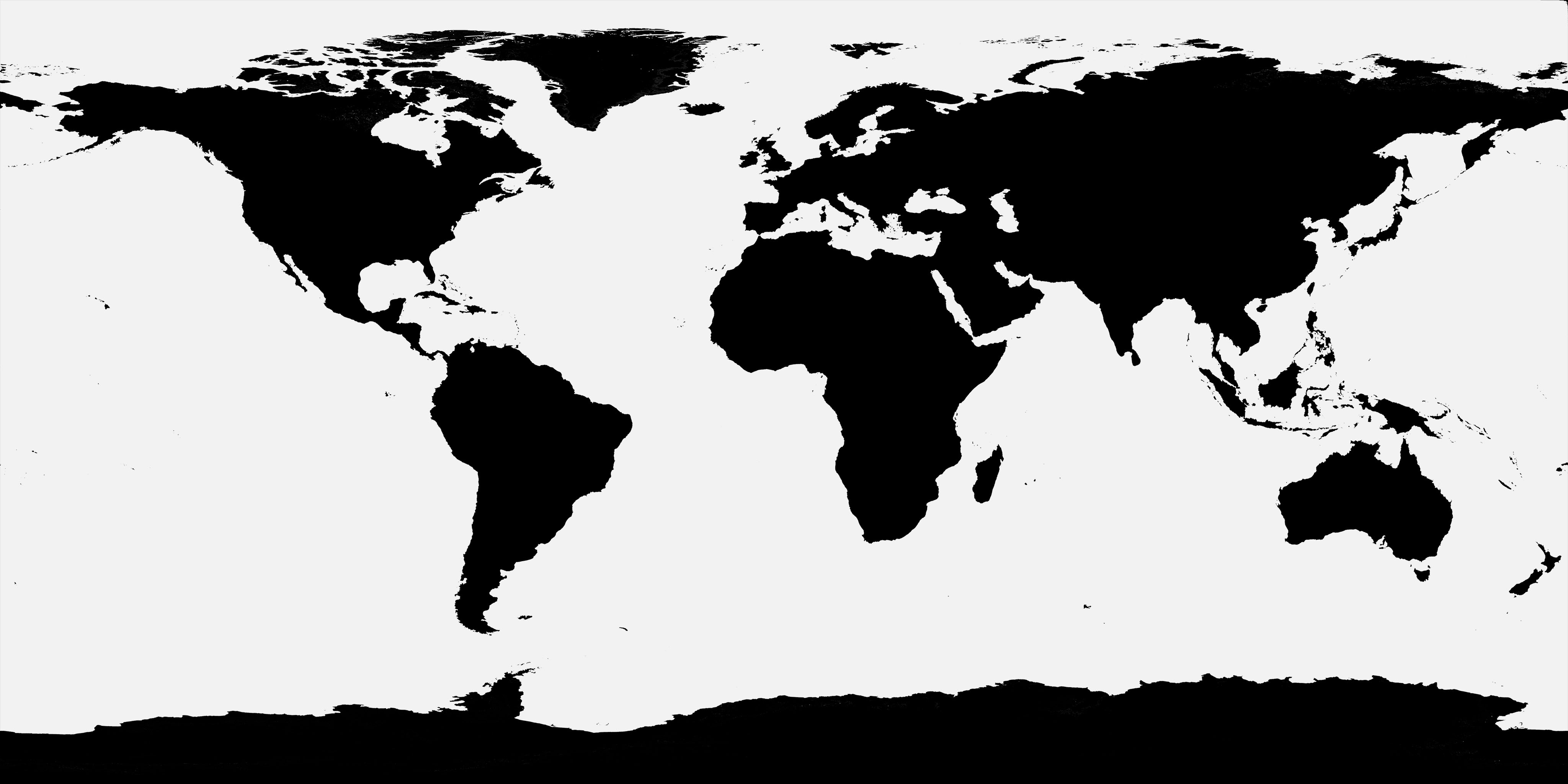Xiao Mage & Cheng Zi
Born in 1974, is a Beijing-based graphic designer, who has worked together with her partner Cheng Zi since their studies at the Academy of Fine Arts, Tsinghua University. Starting as an editor at the China Youth Press, she and her partner launched their design studio Xiao Mage & Cheng Zi in 2007. They intentionally run a small studio, focused on the cultural field. Unfortunately, they don’t have a website.
The interview took place in March 2016. Ingo OffermannsIOmet with Xiao MageXMin Beijing.
Introducing the cultural context
IOXiao Mage, what is an inspiring place for you in Beijing?
XMComing from Qingdao, Beijing culture is very different for me, but I’m curious about these cultural differences and clashes. That said, I like wandering through the hutongs. They bring together both sides of Beijing culture—tradition and modernity.
IOYou stated in an earlier interview that Beijing is the cultural center of China, whereas Shanghai is the economic center. Does this make Beijing a good place for designers?
XMYes, it does. Apart from the fact that you’ll find a lot of museums, cultural institutions, and galleries in Beijing, this also has to do with the mix of tradition and modernity here. You can study the history of Chinese culture, as well as the trends of today and tomorrow in this city. The perspective in Shanghai is rather focused on the future. But Shanghai’s economic emphasis certainly offers good possibilities for graphic design.
IOBeing in China for several weeks now, I sense an enormous energy—an energy of change that is remarkable in the history of industrialization. How does this affect traditional values like balance, collectiveness, and naturalness?
XMAt first glance, substantial changes and traditional values seem to be contradictory. This may have been true some 15 years ago when economic matters overshadowed all aspects of life in China. But this has changed.
Chinese traditional culture is highly valued, and nowadays government, industry, and wealthy individuals are supporting art and design. They don’t just open museums or cultural sites; they also stimulate a discussion about contemporary and traditional values. I’m not saying all of this is perfect, but it does bring back an awareness of cultural values.
IOWhich of your cultural values could be a model for others?
XMThis is really difficult to answer.
Introducing the person
IOWhat is the most beautiful thing you’ve ever seen?
XMI wouldn’t think of an object in this respect. Experiencing freedom and peace are the most beautiful things to me—freedom and peace to develop a design.
IOWhat do you expect from life?
XMI don’t expect anything. There’s beauty in everyday life.
A couple of years ago, I didn’t put much thought into these things. I was more or less a workaholic, working through the nights and pushing my limits. But then I got seriously sick and had to undergo surgery. This made me change my mind.
IOWhat was your dream career as a child?
XMI wanted to be a scientist, but I was always changing my mind. Just like kids do. You cannot really take this seriously. You can only speak of true interest once you start to develop a certain stamina for a discipline. This happened for me in art classes at school.
IOIs graphic design a dream career for you?
XMMaybe or maybe not…
Working life
IOWhere do you get your inspiration from? Do other artistic disciplines play a role in this?
XMAll kinds…For example traveling—being “on the road”—inspires me the most. And I mean this literally and figuratively. The unforeseen intrigues me. But also the aspect of traces—traces that one discovers and traces that one leaves. Designing a book is a form of traveling, through thoughts, impressions, and expressions. I love the idea that things I cannot control—things from the margins of my perception—leave traces in my design.
IOWhat’s your typical work day like?
XMThere’s no regularity. I’m not such an organized person. I stay up late and sleep in.
IODo you take days off or go on vacation?
XMI haven’t had many days off since starting my career. Even if I travel somewhere, I’m still working to a degree. But this is quite normal in China. The Western concept of being unreachable during vacation is quite surprising for Chinese people. I experienced this once with a Dutch curator, who had commissioned an urgent work and then went off to Egypt for a month. She was unreachable for the whole period and left all the work to me. I’m envious…(Laughs)
IOWhy do your clients pick you as a designer?
XMMaybe they’re looking forward to seeing different works. In fact, most of the clients I work for are regulars, so we have an established relationship of mutual trust and understanding.
IOHow does your idea finding process work?
XMWith a catalogue, for example, research is the starting point—research about the artistic work and the artist’s biography. If possible, we also visit the artist in his or her studio in order to get an idea of the atmosphere in which his or her art is being developed. I try to be open to the background noises—for the traces that the artists leave in their environment. Something supposedly neglected on the ground or the wall can be inspirational. In one case, we found intriguing telephone sketches, for example.
At that point, I start to interpret what I experience and try to go beyond the obvious level of basic research. My aim is to convey parts of the artist’s context and personality, next to his or her artistic work. But this part of the design process doesn’t follow a specific procedure. The process becomes vague, in a positive sense.
IOThis sounds to me as if you work pretty much at the same eye level with your clients.
XMWe actually insist on flat hierarchies. When you book us, you should book us for our approach. This doesn’t mean that we don’t want to argue, but we want to argue at a certain level that we stand for.
IOIs this an extraordinary position in China?
XMI think this has more to do with the size of our studio than the country. If you run a big studio, you are less independent and flexible than a small studio with two designers, like our’s. Even though we don’t mind meaningful compromises, a small studio can be more consequent in pursuing a specific artistic approach.
Attitude
IOWhat are the qualities of a good graphic designer?
XMThat’s a big question, because its undercurrent is the question: What is good graphic design? I don’t wish to answer this; however, working on precise craftsmanship would be a good start.
IOWhat’s more important for you, the design process or the product?
XMYou cannot really separate one from the other.
IODo you design for connoisseurs or for everyone?
XMI design for connoisseurs. It’s impossible to design for everyone. Like cooking, it’s related to personal taste and sophistication.
IOEuropean graphic design often approaches experimentation as (self-centered and brutal) deconstruction. Looking at your works, they are very experimental, rich in contrast, and playful, and yet still balanced and dignified. Your experimentation somehow remains personal and humble. Is this a guiding principle in your design approach?
XMActually, I don’t see my approach as experimental. I don’t set things up to turn out in unexpected ways. I try to find an intense expression of the content in every detail of the book. This sometimes leads to unusual design solutions. But I don’t see this as experimental, because it is closely linked to the content. Being unconventional doesn’t necessarily equate to being experimental…
IOAre there ideas that the entire graphic design scene in China is concerned about?
XMThere is no such thing as a coherent graphic design scene in China. In general, a lot of designers are busy establishing graphic design as a respected profession.
Since graphic design is not as respected as architectural design, for example, it is not the subject of attention.
IODo you ever lose your belief in your art?
XMI wouldn’t say that I’ve lost my belief in it before, but I’m shaken by serious doubts quite regularly. And sometimes I ask myself whether all the effort that I invest in graphic design is really worth it at the end of the day.













